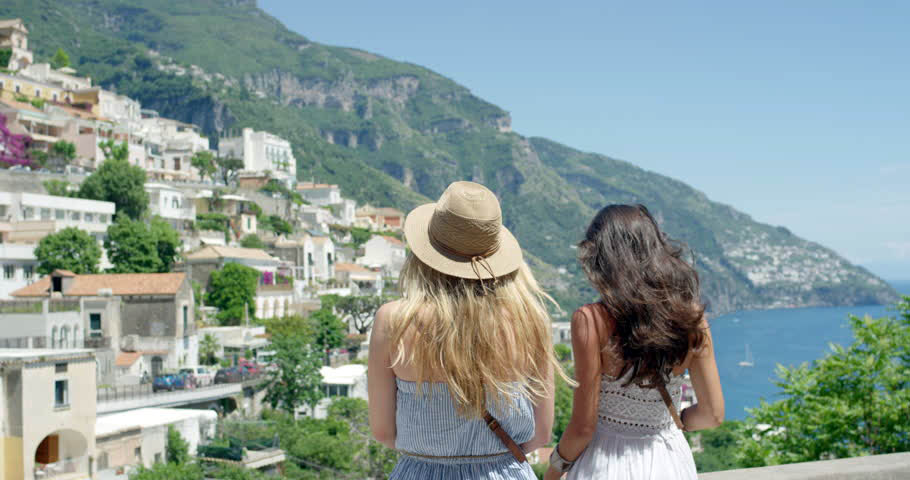Part 2 of 6
The Piedmont region of northwest Italy is second in size only to Sicily and as a wine region it is home to the most DOCGs and DOCs in Italy (45 DOC and 15 DOCG). Piedmont (translates as ‘at the foot of the mountain’) is in the northwest of Italy with Turin (Torino) as its main city. Mountains protect the region from every side, except from the east, where the Po River runs. The enveloping mountains and moisture from the river create a significant amount of fog (nebbia in Italian), which gave rise to the name of the famous grape of the Langhe Valley – the Nebbiolo. The climate of the area allows the grapes to ripen slowly, which develop complex flavors and character. Vines are planted high up on the verdant, rolling hills.
Given such a rich pedigree, those who enjoy the fruit of the vine, often travel to the Langhe – home to Italy’s famous Barolo and Barbaresco wines. Amazingly, these two varieties only make up about three percent of the region’s total wine production. Such is the extraordinary quality of these two ‘kings’ that they outshine the other worthy wines of the area. This week the Publisher’s Tour will cover the beautiful, picturesque and fascinating landscape of the town of Barolo.
The Langhe province sits in the southwest corner of the Piedmont region about 10 miles from our first stop on the Publishers Tour – Alba. When the Tour visited Barolo, they became immersed in a wine region unlike any others in Italy. The vineyards remain primarily small family run-operations and most wineries require appointments for visits.
Barolo is located in the heart of the Langhe Valley and is the destination for those who love Italian food and wine. The tiny town has a population of only 750, so when you hear the name it is more likely a reference to the name of the famous wine. Besides Barolo, there are five other nearby towns that produce this complex wine – Castiglione Falletto, La Morra, Monforte d’Alba, Narzole and Novello. Hilly stretches extend as far as the eye can see and on these vistas sit ancient villages and castles, perched on a succession of gentle slopes.
The beautiful wine-growing areas of Piedmont became part of the UNESCO World Heritage list in 2014. It begins with the Langhe Valley and the wines of Barolo in the south of Piedmont. Not far away are the hills of Barbaresco. The area includes the villages of Barbaresco and Neive, dominated by the medieval tower of Barbaresco, overlooking the river Tanaro. This magnificent area will be covered in a separate feature of the Publishers Tour in a future edition.
Barolo is significant for the development of its vineyards and the place that it has earned in Italian history. Vine pollen has been found in the area dating from the 5th century BC. During the time of the Roman Empire, Pliny the Elder wrote that the Piedmont region was one of the most favorable in all of Italy for growing grapes. The Langhe Valley of the Barolo reflects this slow and determined development among the range of soils, grape varieties and extraordinary winemaking processes. This harmonious land balances the beauty of its landscapes and historical diversity with the ancient art of winemaking.
The small town of Barolo’s most important residents are said to be its grapes. The vineyards for the Nebbiolo dominate the scenery, but in the center of the town lies a castle. Barolo actually has two castles. Castello Falletti is located in the center of the town, while Castello della Volta is located on the ridge that runs from Novello to La Morra. Despite the fact that the castles are about a half mile from one another, they actually face each other and both belonged to the Falletti family.
The history of Castello Falletti began in the 10th century, when a fortress was built as protection against the frequent raids from the Hungarians and later the Saracens. In 1544, much of the fortress was destroyed. The rebuilt 16th century structure remained fairly unchanged until the 1864 death of Marchesa Juliette Colbert, the last Falletti. On the Marchesa’s death, the Opera Pia Barolo assumed ownership and converted it into the Collegio Barolo, which operated until 1958. It was then purchased by the town. The castle now houses the Enoteca Regionale del Barolo (the Regional Wine Center of Barolo) while the Museo Etnografico-Enologico (the historical history museum of the area) occupies the second floor. You should tour the castle by visiting its upper terrace, to enjoy its magnificent view over the bassa Langa and some of the most prestigious Barolo vineyards.
The location of the Castello alla Volta, easily seen from Barolo, is not matched, unfortunately, by its current state of disrepair. Unused for centuries, it was further damaged by German artillery during WWII and is now in a complete state of disrepair.
The vineyard landscape of Barolo is breathtaking at any time of year, but the ideal time is in the autumn, the time chosen for the Publishers Tour. It offers panoramas of carefully cultivated hillsides, punctuated with hilltop villages, castles, Romanesque churches, farms, cellars and storehouses. The location is delightfully scenic and if you like wine, you must definitely include Piedmont on your list of places to visit.





